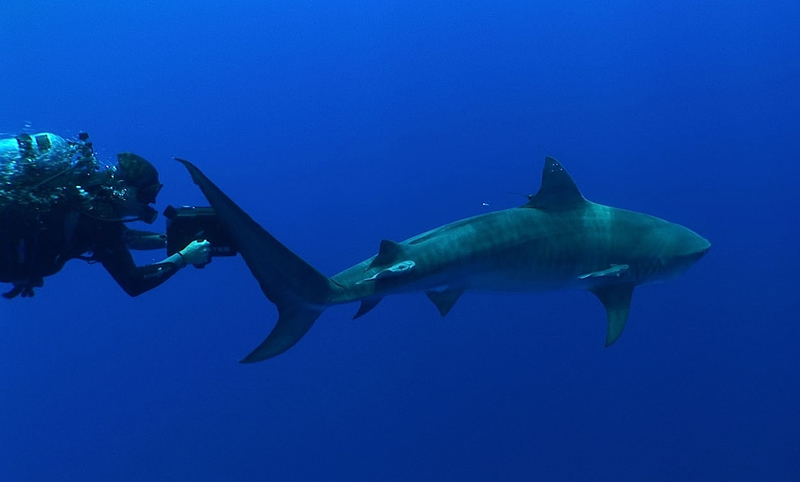Recent News
BZS: Pond Remediation Project A Huge SuccessThursday, January 11, 2018
The Bermuda Zoological Society’s [BZS] Wetlands Remediation Project [WRP], designated the HSBC Global Water Programme for Bermuda in 2014, said they had “great success in its efforts to make two ponds much less toxic for wildlife.”
Video: Bermuda Skink Visits Cahow Burrow
Thursday, January 11, 2018
The camera set up to film Cahows on Nonsuch Island recently caught an unusual visitor, with a critically endangered Bermuda skink stopping by the burrow, wandering around and taking a rather close look at the camera.
Pepper trees removed from Trunk Island
Tuesday, December 19, 2017
Staff from captive insurance firm Artex and their family members helped remove invasive Brazilian pepper trees from Trunk Island.
Artex Team Helps Restoration Of Trunk Island
Thursday, December 14, 2017
Last week, 17 Artex employees and their family members participated in a charitable event in partnership with the Bermuda Zoological Society [BZS] – a registered Bermuda charity that supports the Bermuda Aquarium, Museum and Zoo.
Employees help restore Trunk Island
Thursday, December 14, 2017
Artex employees and their family members helped remove invasive Brazilian pepper trees from Trunk Island.
About
GovernanceAbout Us
Newsletter
Latest News
Gift & Bookstore
Contact
General Inquiries
info@bzs.bm
Latest News
All the latest updates and news from the Bermuda Aquarium, Museum, and Zoo, one of Bermuda's leading visitor attractions!
Andy — a tiger shark tagged in Bermuda by scientists from Nova Southeastern University’s [NSU] Guy Harvey Research Institute [GHRI] in 2014 — is now the longest tracked tiger shark on record.
“Travelling approximately 37,565 miles off the eastern coast of the United States and around Bermuda, the Bahamas and Turks and Caicos, Andy is now the longest tracked tiger shark on record and shows no sign of slowing down. He’s been going for more than 1,240 days,” GHRI said.

“We are delighted with how long Andy has reported data, which has tremendous value for us as researchers,” said Mahmood Shivji, Ph.D., the director of NSU’s GHRI and a professor in the university’s Halmos College of Natural Sciences and Oceanography. “This amazing, nearly three and a half year track is revealing clear repeated patterns in the shark’s migrations between summer and winter.”
More than 150 sharks, including tigers, makos and oceanic whitetips, have been tagged by the GHRI in the last decade. The data collected is used to study the migration patterns of these incredible creatures. Andy and many other GHRI tagged sharks can be followed online in near real-time at www.GHRItracking.org.
“Tracking the migration patterns of sharks, like Andy, for extended periods of time allow us to better understand their behavior and habitat utilization, resulting in better knowledge on how to manage the species,” said Guy Harvey Ocean Foundation [GHOF] Chairman Guy Harvey, Ph.D.
According to a paper published in the most recent ICES Journal of Marine Science by Shivji and his colleagues, tiger shark migrations are heavily influenced by a shark’s physical characteristics [i.e. size, age] and environmental variations [i.e. water temperature, prey availability].
“This study, funded by the Guy Harvey Ocean Foundation, NSU’s GHRI, the Shark Foundation [Hai Stiftung] and the Bermuda Shark Project, reveals not only the environmental factors driving these massive migrations by tiger sharks but also highlights how the different age groups behave,” the Institute said. “This information could prompt fisheries managers to reevaluate how best to protect this near-threatened species.


